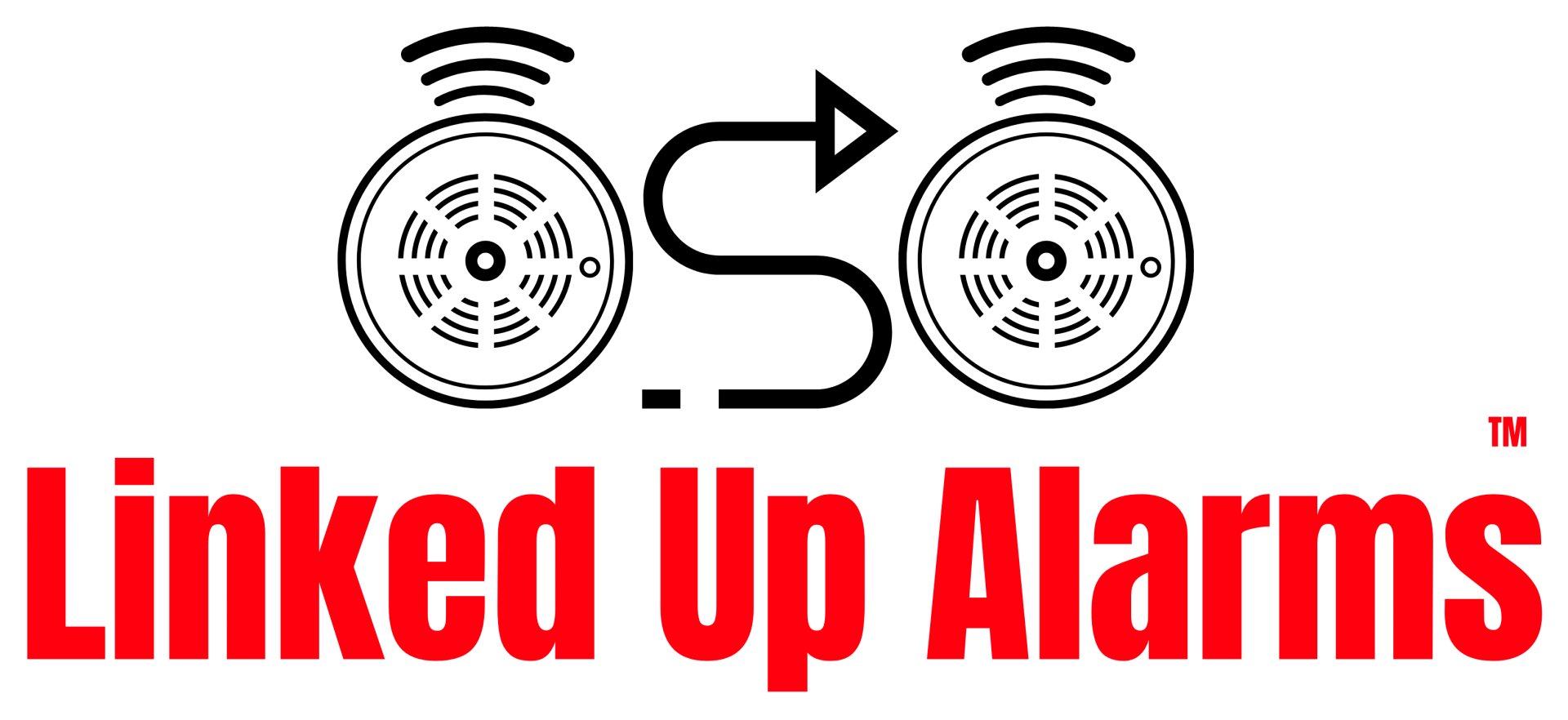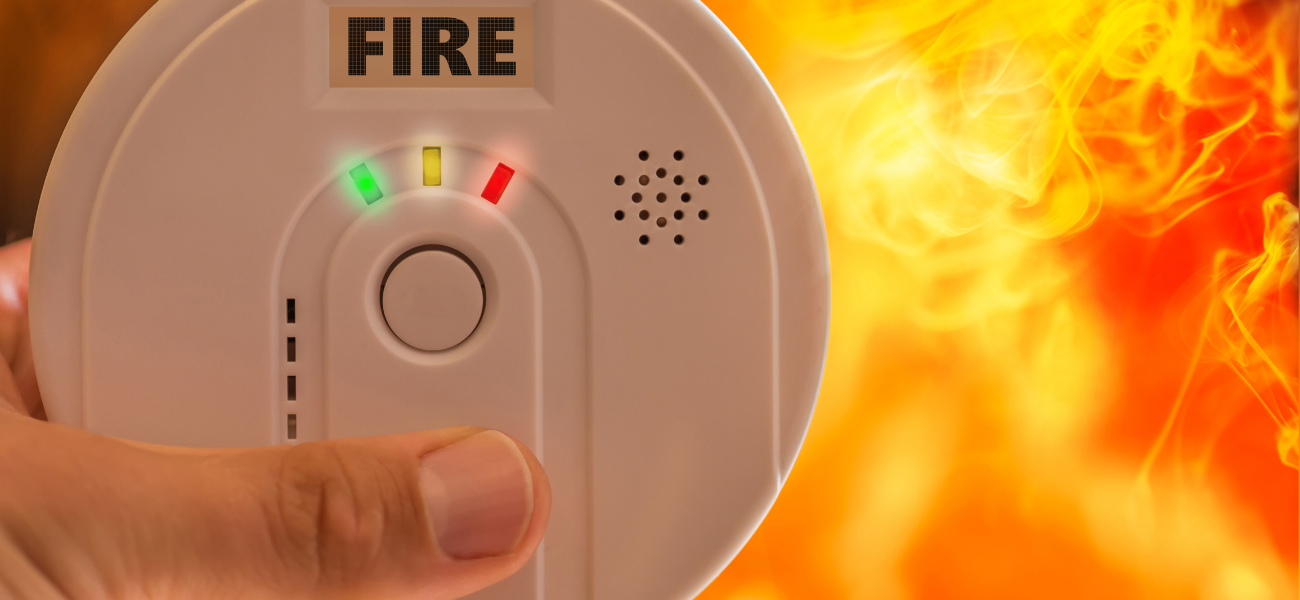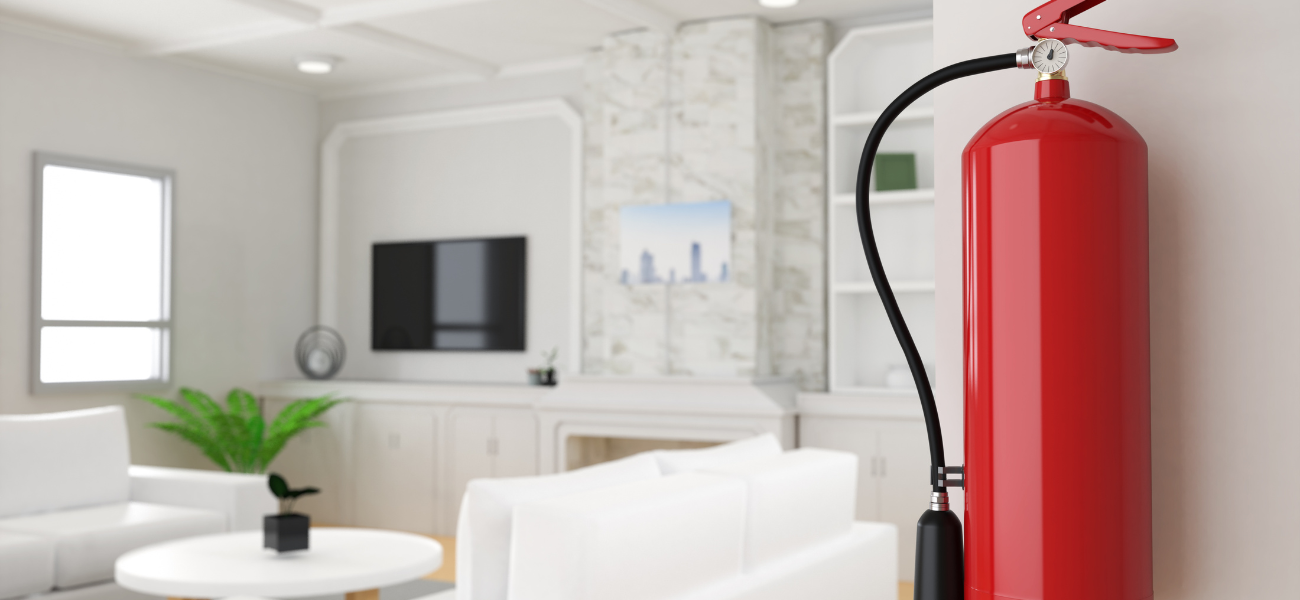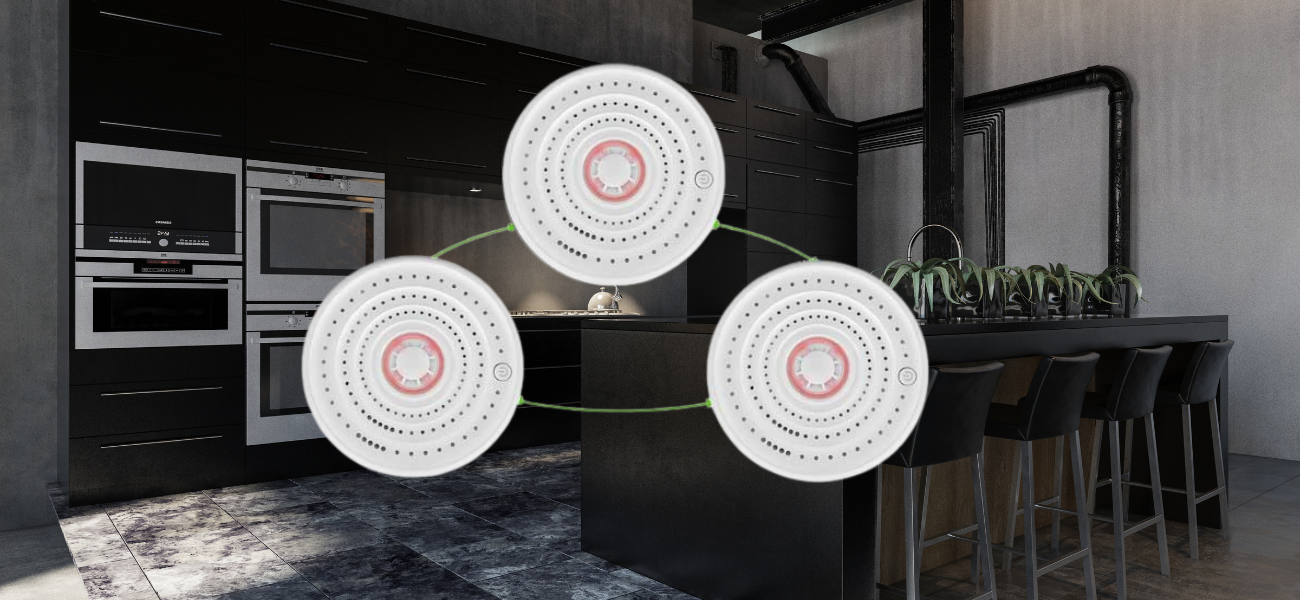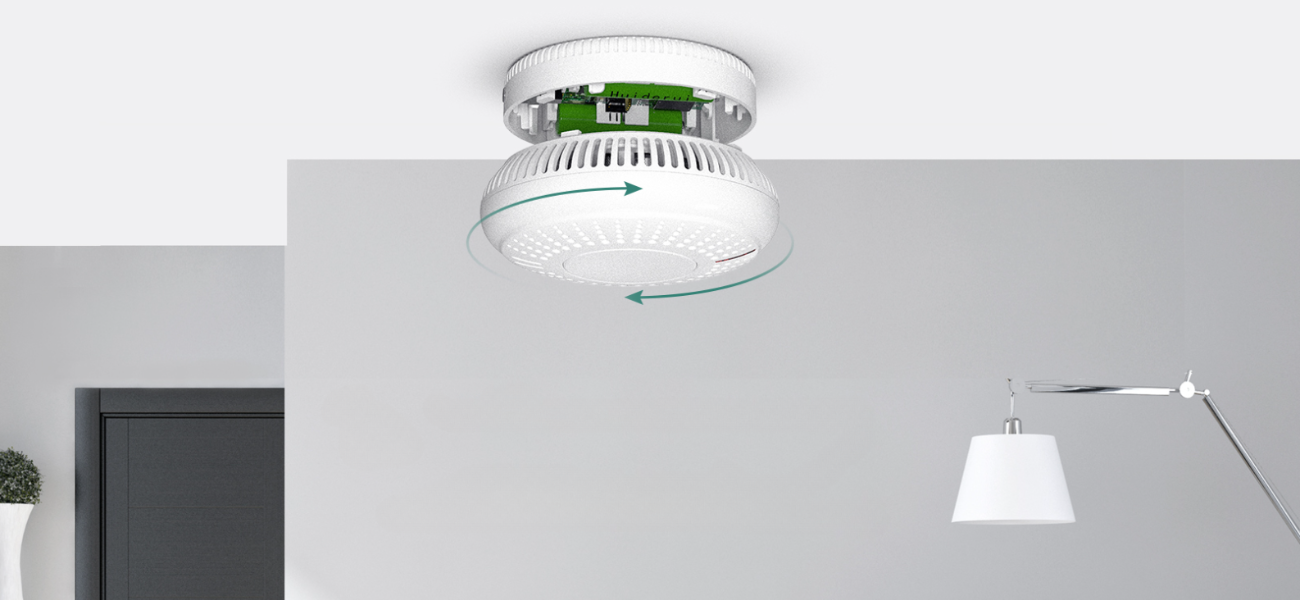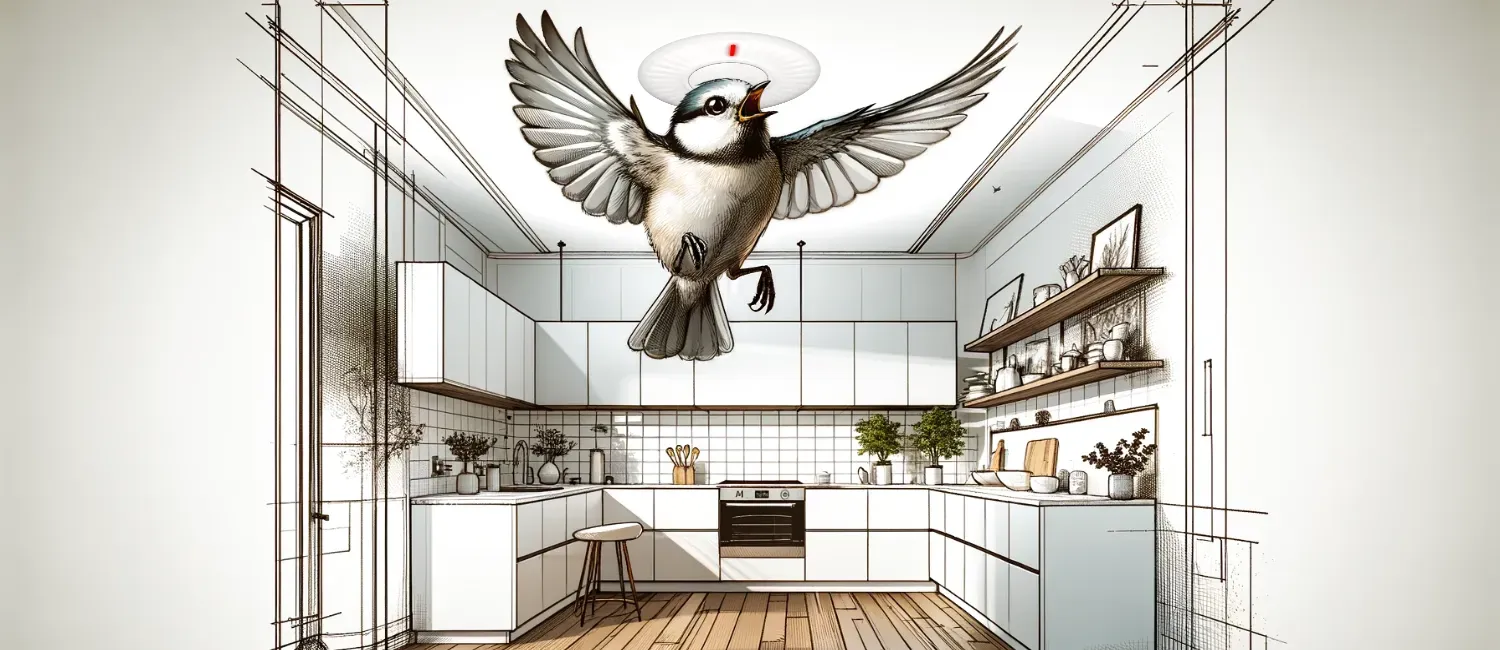What Smoke, Heat and Carbon Monoxide Alarms Do I Need For My Home and Where Should I Install Them?
As a successful professional balancing a demanding career with family life, you understand the importance of efficiency and effectiveness in all aspects of your life. When it comes to protecting your loved ones and your property, this principle becomes even more crucial.
The advancements in smart home technology have revolutionised home safety, offering unprecedented levels of protection against fire and carbon monoxide (CO) hazards. In this comprehensive guide, we'll explore everything you need to know about choosing and installing the right alarms for your modern, connected home.
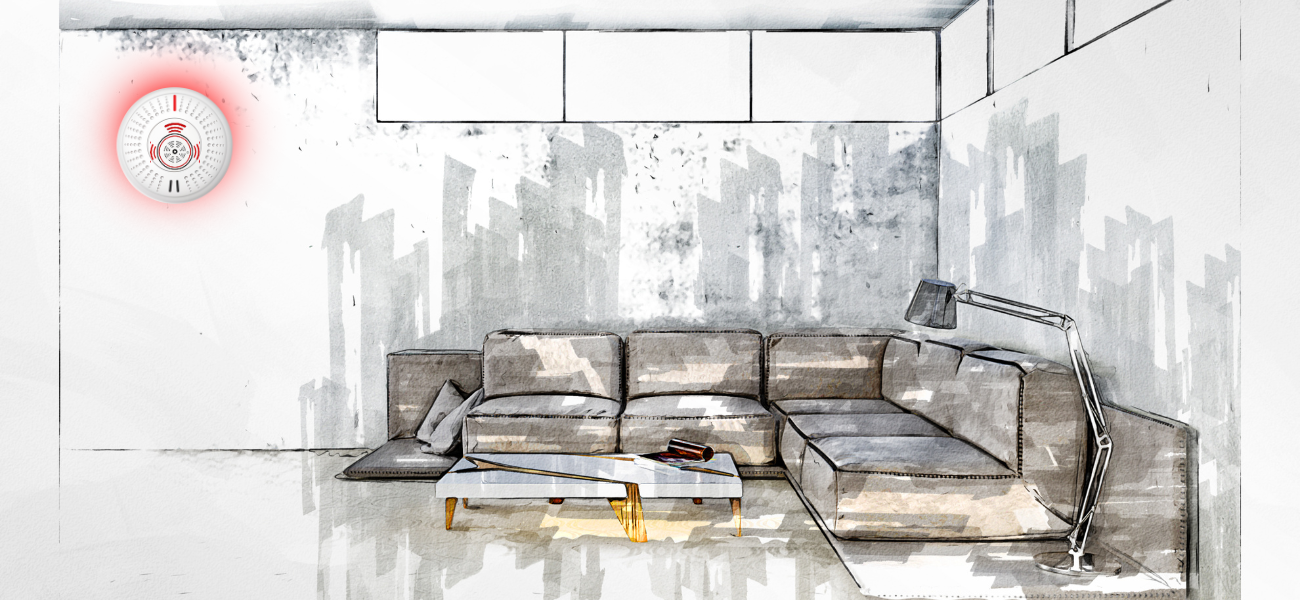
Smoke Alarms: Your First Line of Defence
Smoke alarms are the cornerstone of any home safety system. For optimal protection, it's recommended to install working smoke alarms in every room of your house, with a few exceptions. Let's break this down:
Where to Install:
- Bedrooms
- Living rooms
- Home offices
- Hallways and landings
- Dining rooms
Where Not to Install:
- Bathrooms (steam can cause false alarms)
- Kitchens (cooking fumes can trigger false alarms)
- Garages (exhaust fumes and dust can interfere)
- Lofts (extreme temperatures can affect performance)
When choosing smoke alarms, look for devices featuring Interconnected alarms: When one alarm sounds, all the alarms in your home will sound. This is important because it will give you more time to evacuate your home in case of a fire. Long-life sealed batteries: These batteries can last for up to 10 years, which means you won't have to worry about replacing them as often.
Pro Tip: Mount your smoke alarms on the ceiling, centred in the room or hallway, at least 30cm away from walls and light fixtures. This positioning allows for optimal smoke detection and minimizss the risk of false alarms from cooking fumes or steam.
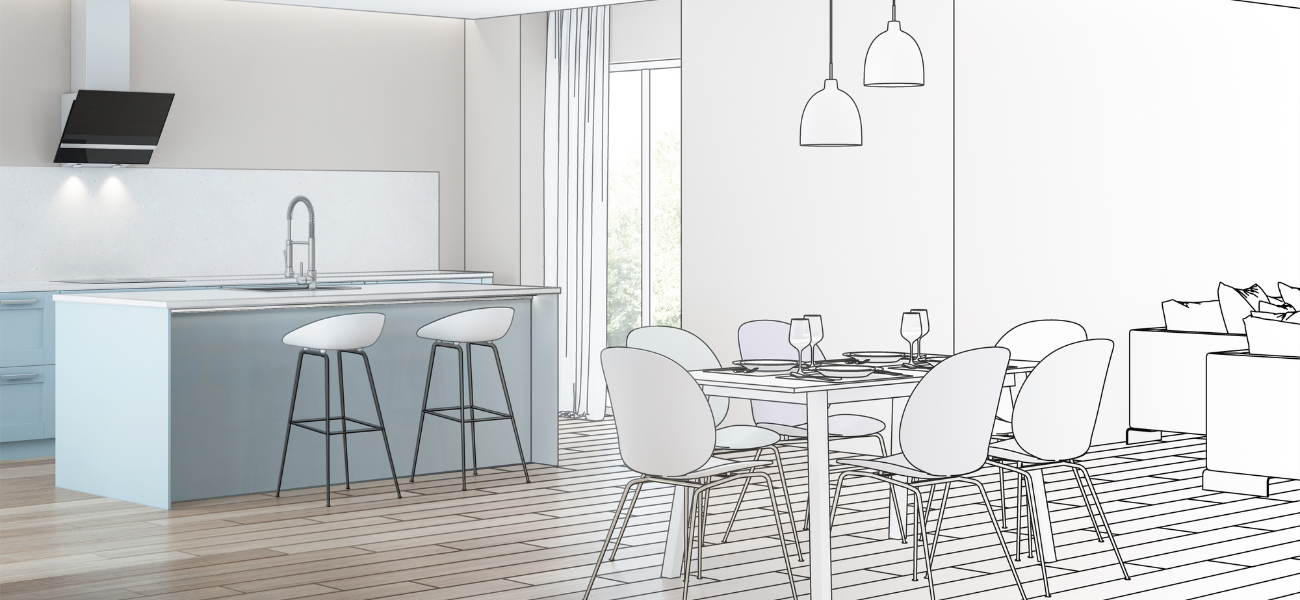
Heat Alarms: Essential for High-Risk Areas
While smoke alarms are crucial, they're not suitable for every area of your home. This is where heat alarms come into play. Did you know that nearly 50% of home fires start in the kitchen? This statistic underscores the importance of having the right type of smoke alarm, in this high-risk area.
Heat alarms are designed to detect a rapid rise in temperature rather than smoke. This makes them ideal for:
- Kitchens
- Garages
- Loft conversions
- Boiler rooms
When selecting heat alarms, opt for those with Interlinked Capability: When one alarm detects CO, all interconnected units sound, maximising awareness throughout your home.
Installation Tip: Like smoke and heat alarms above, heat alarms should be ceiling-mounted, cantered in the room, and at least 30cm away from walls and light fixtures. Unlike smoke alarms, heat alarms should never be wall-mounted, as heat rises and wall-mounting could delay detection.
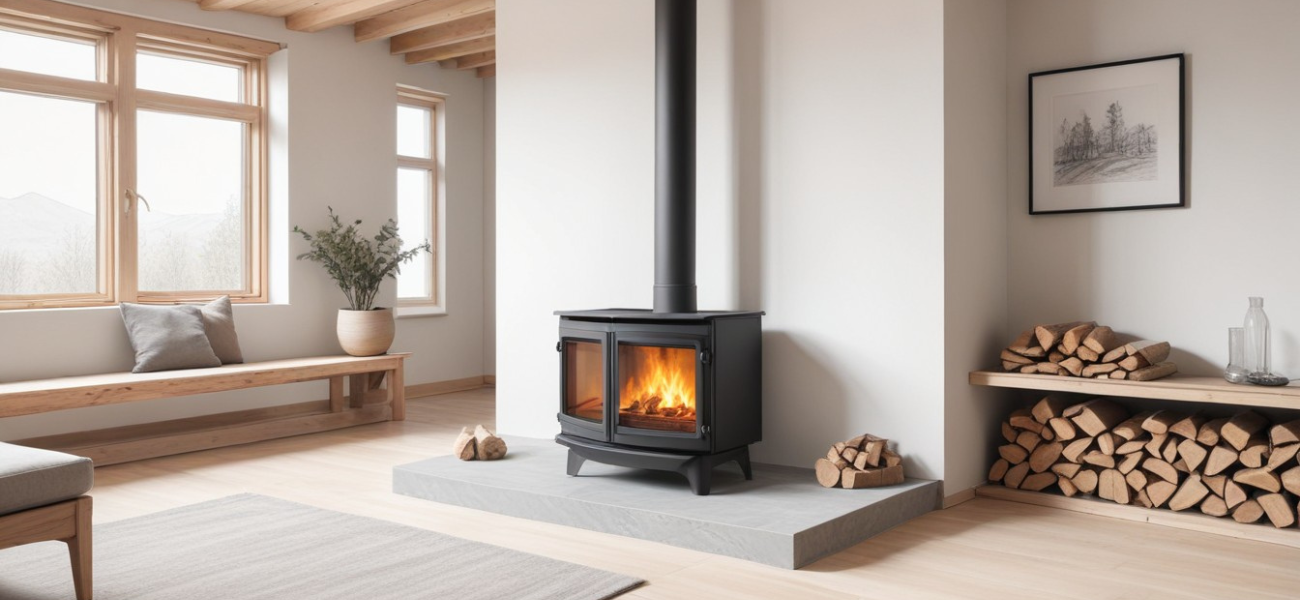
Carbon Monoxide Alarms: Guarding Against the Silent Killer
Carbon or carbon monoxide poisoning (CO) is often referred to as the "silent killer" due to its odorless, colorless, and tasteless nature. This toxic gas is produced when fuels don't burn completely, and it can be lethal even in small concentrations. As a safety-conscious homeowner, installing CO alarms is non-negotiable if you have any fuel-burning appliances in your home.
Where to Install CO Alarms:
- In any room containing a fuel-burning appliance (e.g., gas boilers, fireplaces, wood stoves)
- In or near bedrooms
- In frequently used living areas
For optimal protection, position CO alarms between 1m and 3m from potential CO sources. In bedrooms, place them relatively close to the occupants' breathing zone for fastest possible detection.
Smart Feature to Look For: Some advanced CO alarms can display the level of CO detected, giving you more detailed information about the air quality in your home.
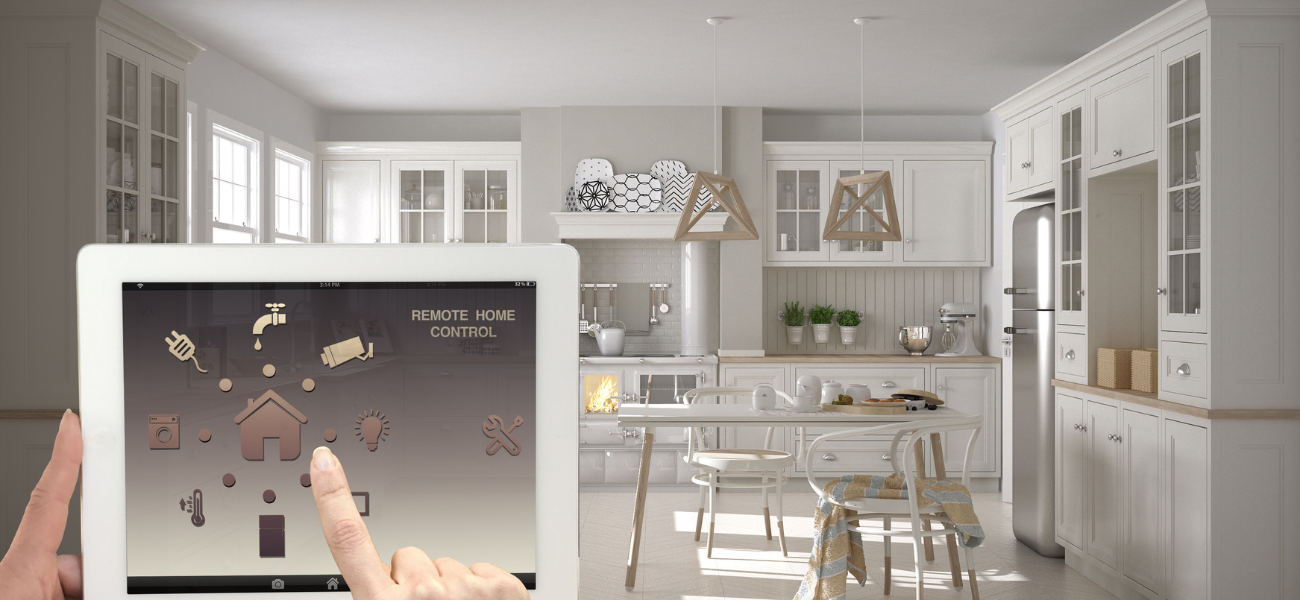
Smart Features for the Modern Home
As a tech-savvy professional, you appreciate the convenience and added security that smart home technology brings. When it comes to fire and CO alarms, several advanced features can elevate your home's safety to the next level:
a) Interlinking: This feature ensures all your alarms communicate with each other. When one alarm detects danger, all alarms in the network sound simultaneously. This whole-house alert system is especially valuable in larger homes or for families with children sleeping on different floors.
b) Smart Connectivity: Look for alarms that integrate seamlessly with your existing smart home setup. Features to consider include:
- Remote monitoring via smartphone app
- Real-time alerts sent to your phone
- The ability to silence false alarms remotely
- Integration with other smart home devices (e.g., smart lighting that turns on in case of an alarm)
c) Long-life Power Solutions: Choose between two reliable options:
- Mains-powered alarms: These should be installed by a professional electrician and often come with a battery backup for added security during power outages.
- Sealed lithium battery alarms: These feature batteries designed to last the entire 10-year lifespan of the alarm, eliminating the need for regular battery changes.
d) Voice Alerts: Some advanced alarms offer voice alerts in addition to the standard alarm sound. These can provide specific information about the type and location of the detected hazard, a warning, which can be crucial in an emergency.
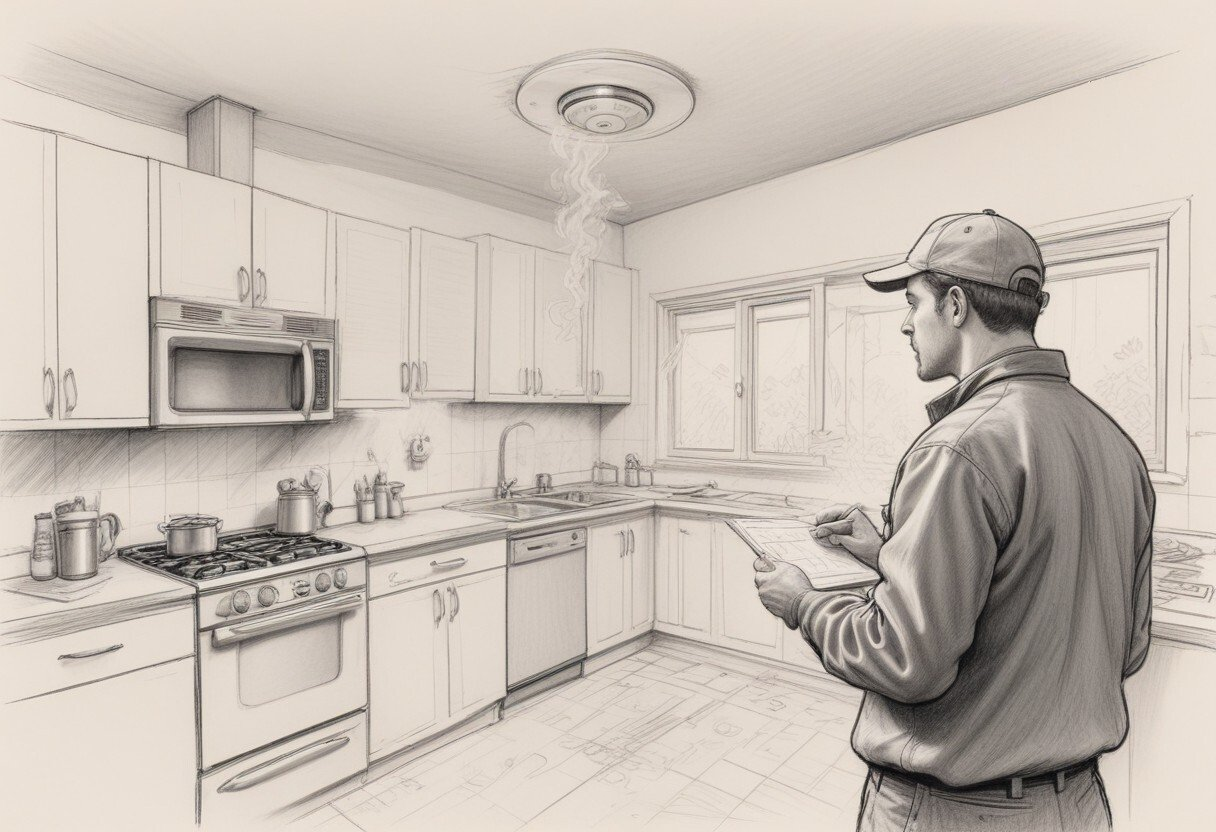
Maintenance and Best Practices
Investing in top-quality alarms is only the first step. To ensure your family remains protected, follow these maintenance best practices:
- Monthly Testing: Set a recurring reminder to test all alarms once a month. Many smart alarms allow you to do this remotely via your smartphone.
- Regular Cleaning: Use the soft brush attachment of your vacuum cleaner to gently remove dust and debris from your alarms every few months.
- Timely Replacement: All alarms, regardless of type, should be replaced every 10 years. Some smart alarms can send you a reminder when it's time for replacement.
- Stay Informed: Keep up with the latest safety recommendations and technological advancements. Manufacturers often release firmware updates for smart alarms, improving their functionality and security.
The Bigger Picture: Home Safety and Insurance
Implementing a comprehensive, smart alarm system not only protects your family but can also have financial benefits. Many insurance companies offer discounts on home insurance premiums for homes with advanced safety systems. When you next review your policy, be sure to inform your insurer about your smart alarm setup – it could lead to significant savings.
Future-Proofing Your Home Safety
As smart home technology continues to evolve, we can expect even more advanced features in fire and CO alarms. Some exciting developments on the horizon for fire alarm, include:
- AI-powered detection systems that can differentiate between different types of fires and adjust their response accordingly
- Integration with smart home assistants for voice-activated testing and status reports
- Enhanced data analytics to help you understand long-term trends in your home's air quality and safety
Conclusion:
In today's fast-paced world, the peace of mind that comes from knowing you've implemented the best possible safety measures for your loved ones is truly priceless. By investing in a comprehensive, smart alarm system, you're not just protecting your family and property – you're also embracing the cutting edge of home safety technology.
Remember, the key to effective home safety lies in choosing the right devices, installing them correctly, and maintaining them diligently. With the information provided in this guide, you're well-equipped to create a state-of-the-art safety net for your home.
Ready to take your home's fire safety up to the next level? Shop Linked Up Alarms range of interconnected alarms to create the ultimate protection system for your family and property. Your loved ones deserve nothing less than the best when it comes to safety – make the smart choice today.
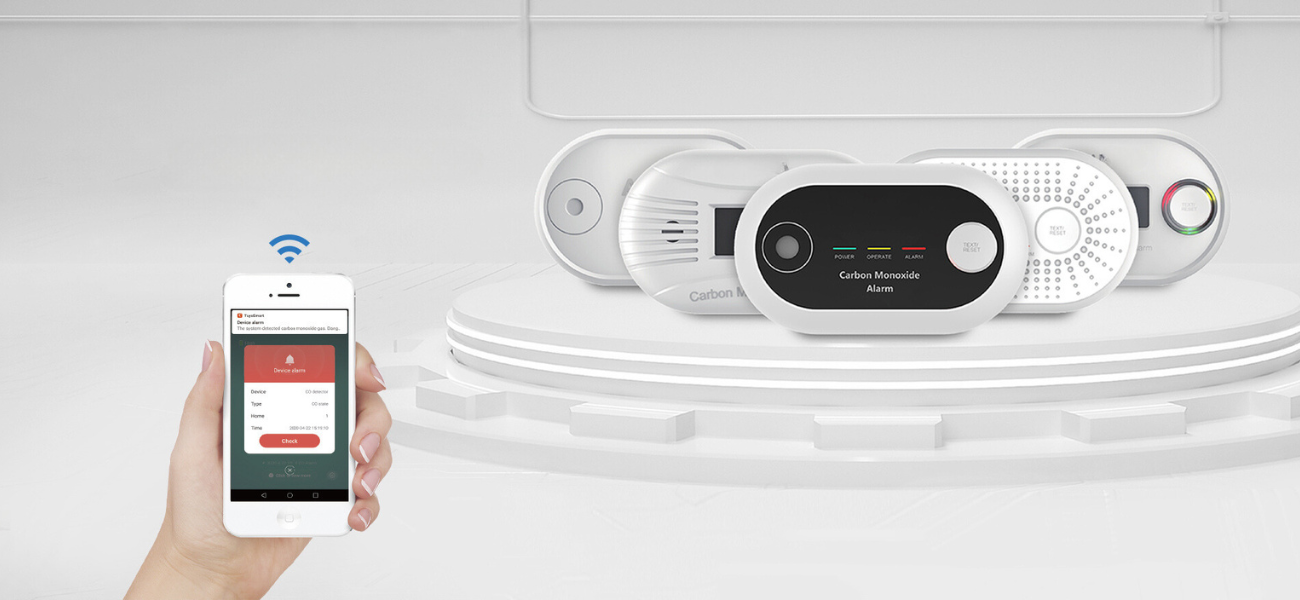
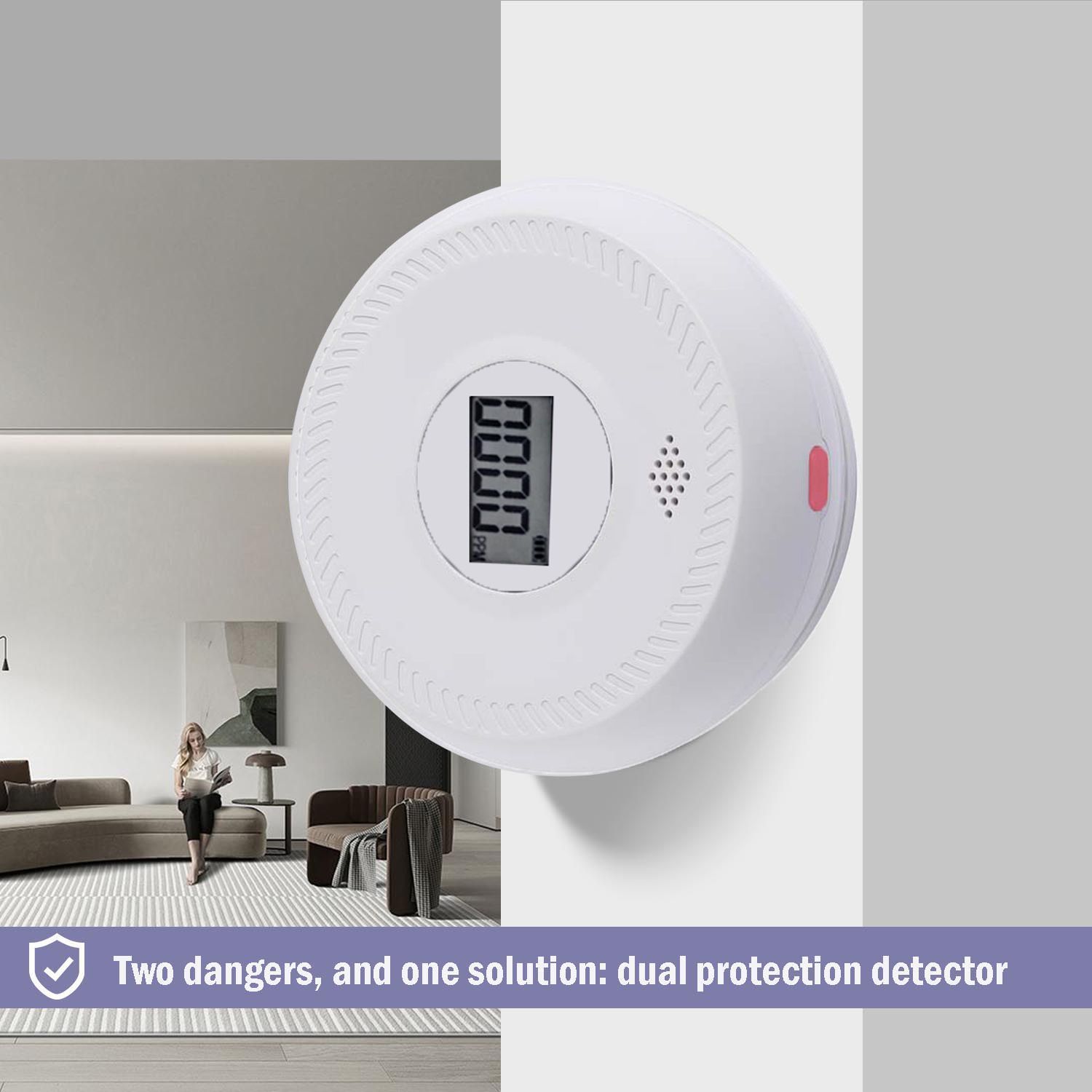
Helping UK Households Meet the New Smoke Alarm Law (Interlinked Alarms Required)
Linked Up Alarms Ltd
Company Number: SC709004
VAT Number: 392 8916 46
Data Protection Number: ZB279937
LOCATION
4 Barrack Street
Hamilton
ML3 0DG
CONTACT US
sales@linkedupalarms.com
Mon: 9:30 AM - 5:30 PM
Tue: 9:30 AM - 5:30 PM
Wed: 9:30 AM - 5:30 PM
Thu: 9:30 AM - 5:30 PM
Fri: 9:30 AM - 4:30 PM
Sat: Closed
Sun: Closed
POPULAR PAGES
